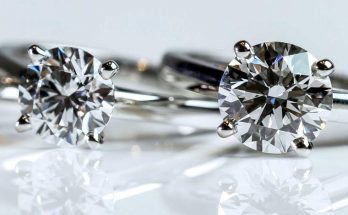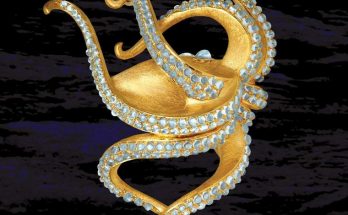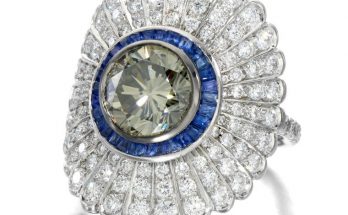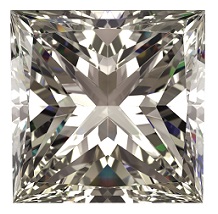
Beauty In a Squarish Form
Most consumers love the standard hearts and arrows (round) diamond because of its unparalleled brilliance and sparkle. However, with growing consumer needs and diversifying tastes, variations to the round brilliant cut (each with their own unique properties) had seen a recent resurgence in demand.
The princess cut is currently the 2nd most popular shape after the round diamond. It was first introduced to the world in the 1960’s by a man from London named Arpad Nagy. Back then, the princess cut was derived as a variation of another cutting style called the “profile cut”.
A. Nagy wanted to create a cut that could make efficient use of rough stone with less wastage and one that could emulate the brilliance and fire of a brilliant cutting style. Over the course of a few years, leading cutters had poured in huge efforts in optical research to perfect the design and evolved it into what it is known as today as the square modified brilliant.
The Princess Cut’s Route to Popularity
With a market that is over-saturated with rounds, the princess cut offers a unique looking option to women looking for an alternative fashion statement. The princess diamond is technically a mixed cut whereby both step and brilliant cutting styles are incorporated.
While the princess cut has light performance that can be comparable to the round brilliant, it costs significantly less! Due to its better yield from the rough stone, it would please you to know that the price-per-carat weight of a princess cut is the lowest amongst all the shapes.
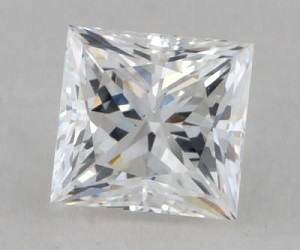
Can you see the “cross” smack right in the middle?
What makes a princess cut truly unique is that a reflection that looks like a cross is observed when light passes through the diamond. Coupled with 4 pointed corners, superior brilliance and scintillation patterns, these reasons contribute to the appeal that women have for the shape.
Getting Started in Selecting Your Stone
Being a relatively new cutting style, most labs (except AGS) do not issue a cut grade for the princess cut. At the point of writing this article in 2013, ongoing research studies and debate are still being carried out by labs about the introduction of a cut grading system for them.
Due to its four-sided shape and variances in facet layouts, diamonds with similar specifications on a grading report will still look different in appearance. With the absence of an objective cut grade, this adds an element of difficulty in choosing a well cut diamond.
When selecting a princess cut diamond for optimum brilliance, you generally want to avoid stones that have a table % larger than the depth %. The majority of nice performing stones tend to have smaller tables in the 64-69% range. Also, my personal preference and advice is to stick with a minimum of G color and SI1 clarity.
Recommended Proportions for Princess Cut Diamonds
| Excellent | Very Good | Good | Fair/Poor | |
|---|---|---|---|---|
| Table % | 63% – 69% | 57% – 75% | 53% – 82% | Outside Ranges |
| Depth % | 69% – 76% | 60% – 78% | 58% – 80% | Outside Ranges |
| Polish/Symmetry | Excellent – Very Good | Good | Outside Ranges | |
| Length to Width (Square) | 1.00 – 1.02 | 1.00 – 1.04 | 1.00 – 1.05 | Outside Ranges |
| Length to Width (Rectangle) | 1.5 – 1.75 | 1.76 – 1.85 | 1.86 – 1.99 | Outside Ranges |
| Girdle Thickness | Thin – Slightly Thick | V. Thin – Thick | Outside Ranges | |
| Culet Size | None | Very Small | Small | Outside Ranges |
* Note: The proportions table should be used as a reference only. You should incorporate light performance data like ASET images to help you make a final decision. Never go below very thin for girdle thickness or you run the risk of chipping the diamond easily.
Length to Width Ratio – Keeping It Square
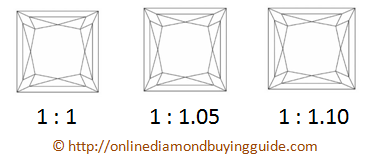
As much as possible, you should try to stay within the range of 1:1 or 1:1.05 for your length to width ratio. Anything that is higher than 1.05 will cause a diamond to look off-square to the eye. On the next page, we go deeper into details and show you more things that you need to take note of when buying a princess cut diamond engagement ring.
>>

